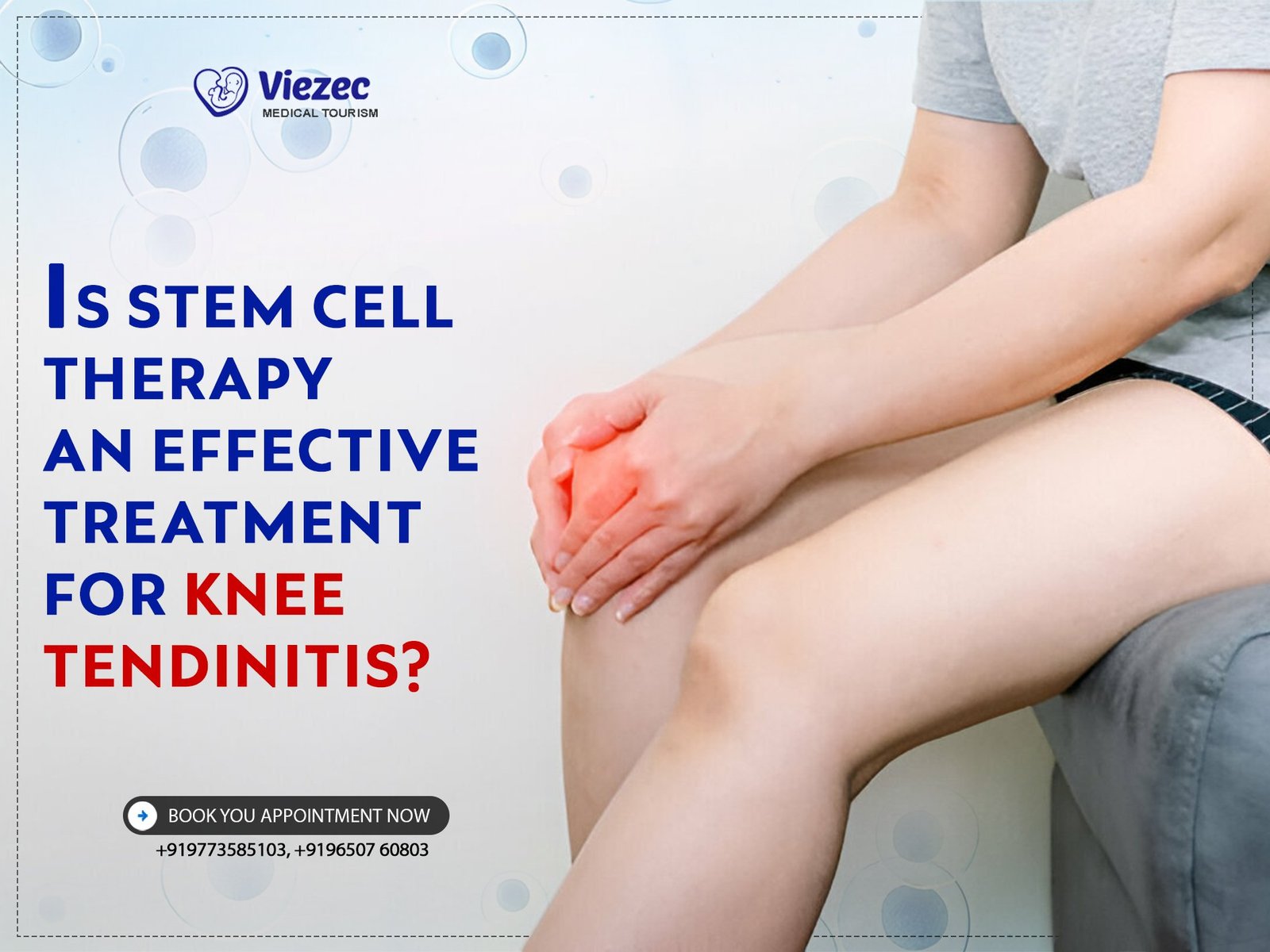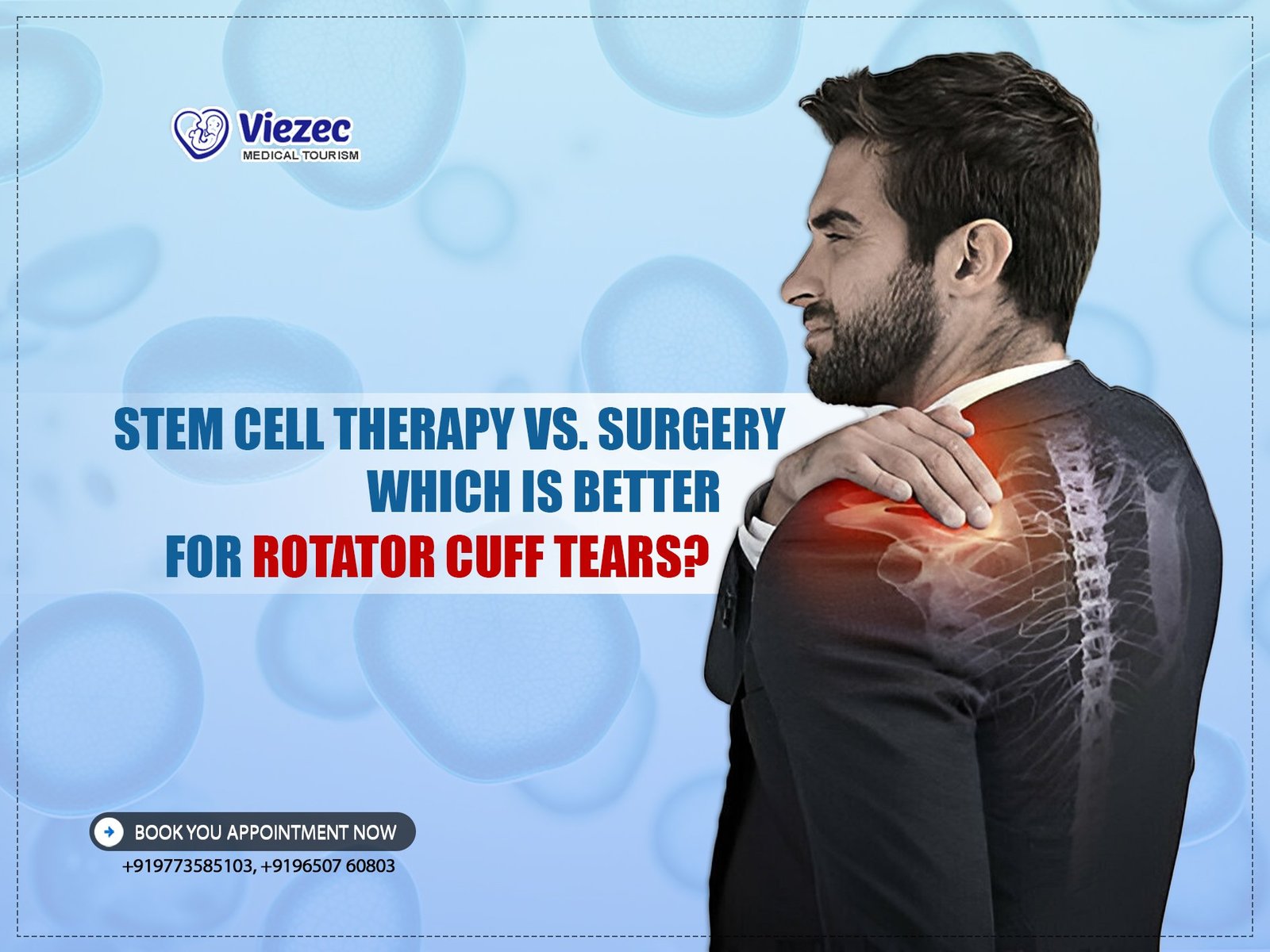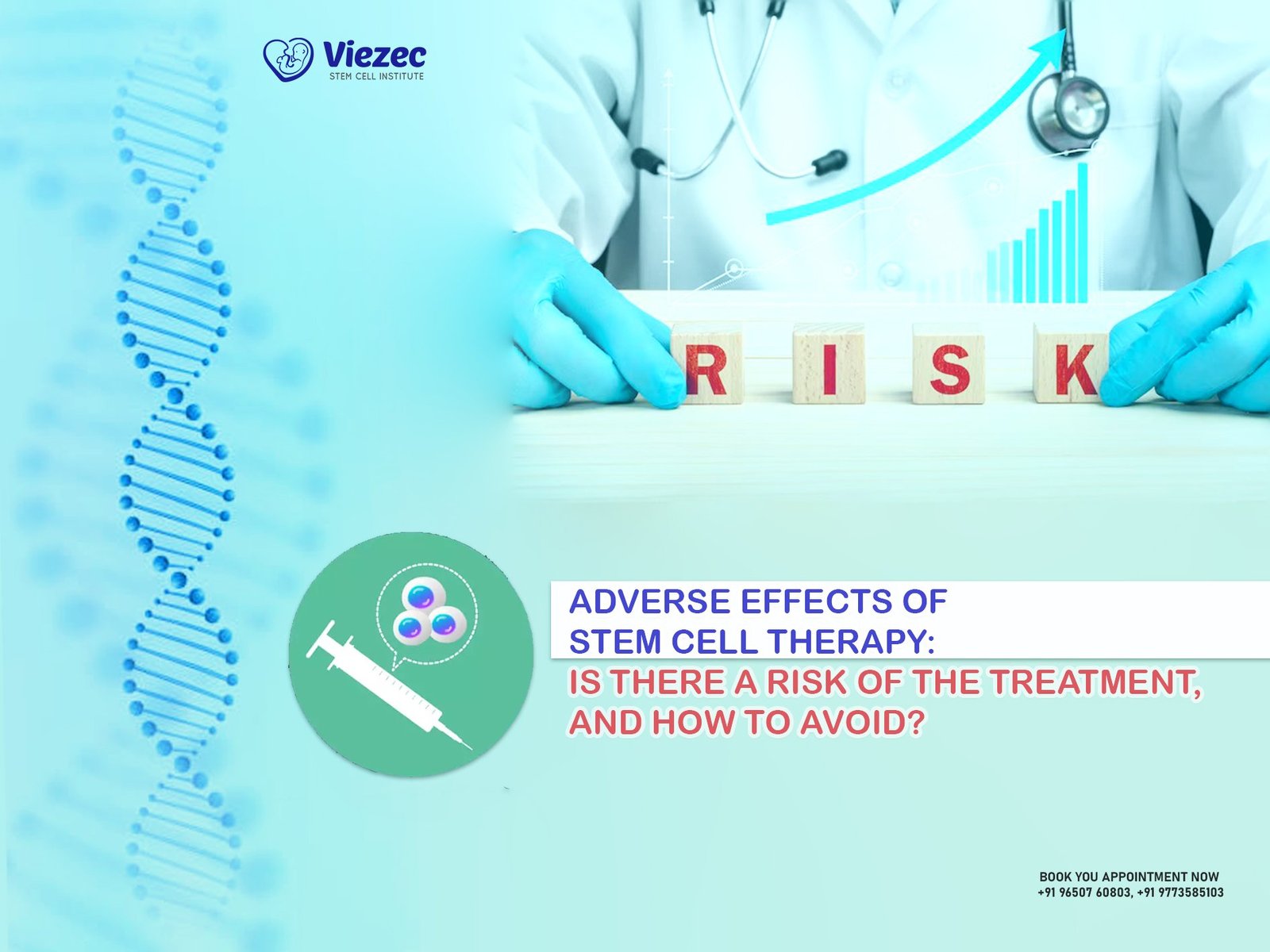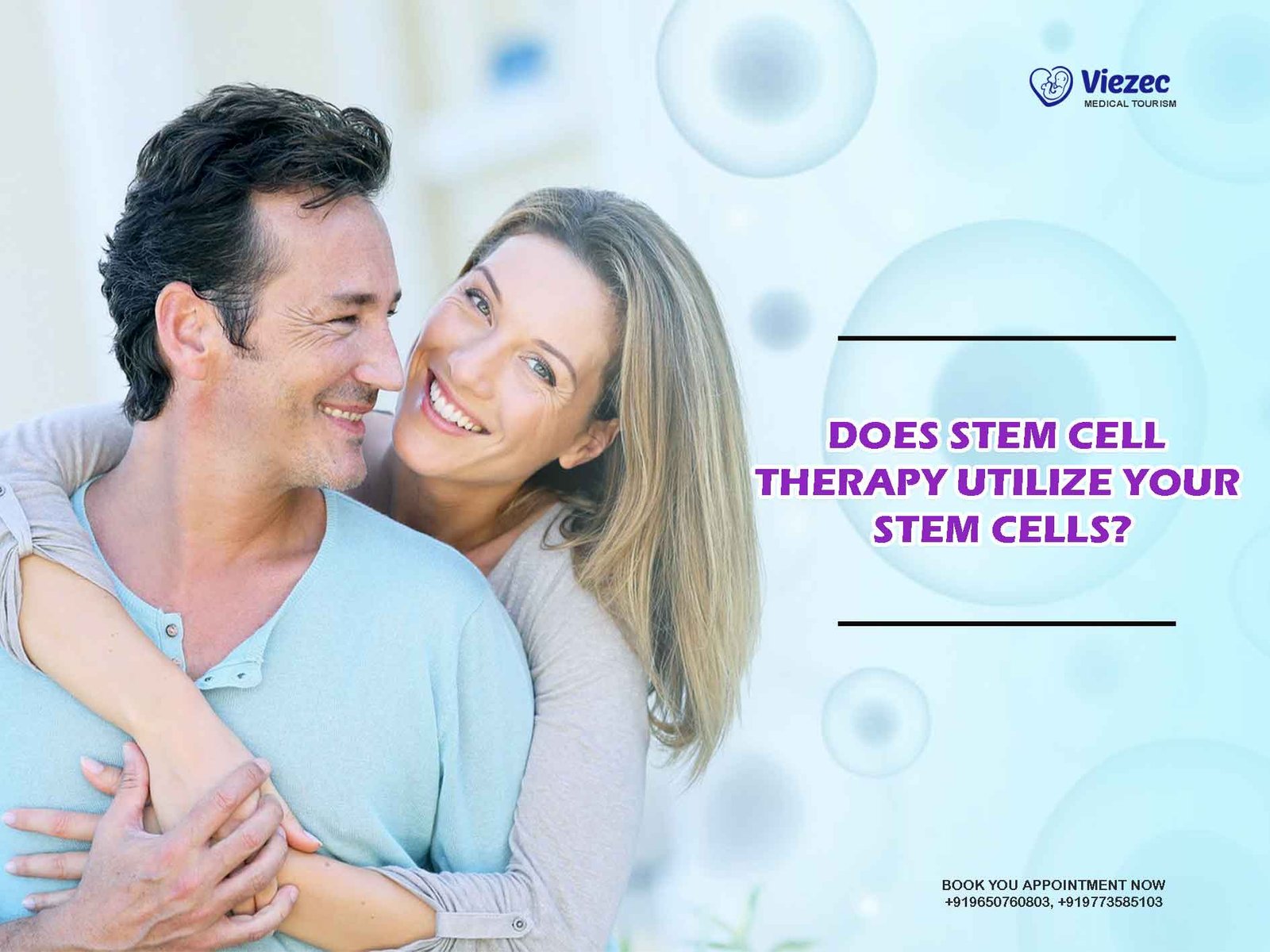Knee tendinitis, also known as patellar tendinitis, is an overuse injury affecting the tendon that connects the kneecap (patella) to the shinbone (tibia). This condition is often observed in athletes whose sports involve frequent jumping, hence its other name, “jumper’s knee.” The patellar tendon works with the muscles at the front of your thigh to extend your knee so you can kick, run, and jump. Overuse and repetitive stress on the tendon can lead to tiny tears in the tendon, resulting in inflammation, pain, and weakness. This condition can significantly impact an individual’s ability to perform daily activities and athletic endeavors, often requiring a combination of rest, physical therapy, and other treatments to alleviate symptoms and restore function.
Traditional Treatment Methods
Traditionally, knee tendinitis is managed through a combination of conservative treatments aimed at reducing pain and inflammation and promoting healing. Initial approaches often include rest, ice application, and nonsteroidal anti-inflammatory drugs (NSAIDs) to manage pain and swelling. Physical therapy plays a crucial role, with exercises designed to strengthen the muscles around the knee and improve flexibility, which helps to reduce the strain on the patellar tendon. In more severe cases, corticosteroid injections may be administered to provide short-term pain relief. Despite these interventions, some patients experience persistent symptoms, leading to the exploration of more advanced treatments such as platelet-rich plasma (PRP) injections, extracorporeal shock wave therapy (ESWT), and in extreme cases, surgical intervention to repair the damaged tendon.
Emergence of Stem Cell Therapy
Stem cell therapy has emerged as a promising treatment option for various musculoskeletal conditions, including knee tendinitis. Stem cells are unique in their ability to self-renew and differentiate into various cell types, making them an attractive option for regenerative medicine. This therapy involves the use of stem cells to promote tissue repair and regeneration, potentially offering a more effective and long-lasting solution compared to traditional treatments. The interest in stem cell therapy for knee tendinitis has been fueled by encouraging preclinical and clinical studies demonstrating its potential to reduce inflammation, promote healing, and restore function. As research progresses, stem cell therapy is increasingly viewed as a viable alternative for patients who have not responded to conventional treatments, providing hope for improved outcomes and a higher quality of life.
Understanding Knee Tendinitis
Anatomy of the Knee
The knee joint is a complex structure composed of bones, cartilage, ligaments, and tendons that work together to provide stability and facilitate movement. The main bones involved are the femur (thighbone), tibia (shinbone), and patella (kneecap). The patellar tendon connects the patella to the tibia and plays a critical role in knee extension. This tendon is integral to the function of the quadriceps muscle group, allowing for movements such as walking, running, and jumping. The knee is also supported by other tendons and ligaments, including the anterior cruciate ligament (ACL) and medial collateral ligament (MCL), which provide additional stability. Understanding the anatomy of the knee is essential for comprehending the mechanisms of injury and the impact of tendinitis on knee function.
Causes and Risk Factors
Knee tendinitis is primarily caused by repetitive stress and overuse of the patellar tendon, leading to micro-tears and inflammation. This condition is common among athletes engaged in sports that involve frequent jumping, running, or sudden changes in direction, such as basketball, volleyball, and soccer. Other contributing factors include improper training techniques, inadequate warm-up, and poor conditioning. Biomechanical issues, such as misalignment of the knee or foot, muscle imbalances, and tightness in the quadriceps or hamstrings, can also increase the risk of developing knee tendinitis. Age and weight are additional risk factors, with older individuals and those carrying excess body weight being more susceptible to tendon degeneration and injury.
Symptoms and Diagnosis
The primary symptom of knee tendinitis is pain localized to the front of the knee, just below the kneecap. This pain is typically exacerbated by physical activity, particularly activities that involve jumping or running. Patients may also experience tenderness, swelling, and stiffness in the affected area. In severe cases, the pain can become chronic, impacting daily activities and reducing athletic performance. Diagnosis is usually based on a combination of patient history, physical examination, and imaging studies. During the physical examination, the healthcare provider will assess for tenderness and swelling in the patellar tendon and may perform specific tests to evaluate knee function. Imaging studies, such as ultrasound or MRI, can help confirm the diagnosis by visualizing the extent of tendon damage and ruling out other potential causes of knee pain.
Impact on Quality of Life
Knee tendinitis can significantly impact an individual’s quality of life, particularly for athletes and physically active individuals. The persistent pain and discomfort associated with this condition can limit participation in sports and recreational activities, leading to decreased physical fitness and performance. Additionally, the chronic nature of the pain can interfere with daily activities, such as walking, climbing stairs, and even sitting for prolonged periods. The emotional and psychological impact of knee tendinitis should not be underestimated, as it can lead to frustration, anxiety, and depression due to the inability to engage in previously enjoyed activities. Effective management of knee tendinitis is crucial to improving pain levels, restoring function, and enhancing overall quality of life.
Stem Cell Therapy: An Overview
Definition and Types of Stem Cells
Stem cells are undifferentiated cells with the unique ability to self-renew and differentiate into specialized cell types, making them a cornerstone of regenerative medicine. There are several types of stem cells, each with distinct characteristics and potential applications. Embryonic stem cells (ESCs) are derived from early-stage embryos and have the capacity to differentiate into any cell type in the body, offering broad therapeutic potential. However, their use is limited by ethical concerns and the risk of immune rejection. Adult stem cells, also known as somatic or tissue-specific stem cells, are found in various tissues throughout the body, including bone marrow and adipose tissue. These cells are more limited in their differentiation potential but are less likely to cause immune reactions. Induced pluripotent stem cells (iPSCs) are adult cells that have been genetically reprogrammed to an embryonic-like state, providing a versatile and ethically acceptable source of stem cells for research and therapy.
History and Development of Stem Cell Therapy
The history of stem cell therapy dates back to the mid-20th century, with the discovery of adult stem cells in bone marrow and the subsequent development of bone marrow transplants for treating blood disorders. The identification of ESCs in the 1980s and the development of iPSCs in the early 2000s marked significant milestones, expanding the scope of potential applications for stem cell therapy. Advances in cell culture techniques, genetic engineering, and our understanding of stem cell biology have paved the way for the development of regenerative therapies aimed at repairing and regenerating damaged tissues. In recent years, stem cell therapy has gained traction as a promising treatment for a wide range of conditions, including neurodegenerative diseases, cardiovascular disorders, and musculoskeletal injuries, such as knee tendinitis.
Mechanisms of Action
The therapeutic potential of stem cells is primarily attributed to their ability to differentiate into various cell types and their capacity to secrete bioactive molecules that promote tissue repair and regeneration. In the context of knee tendinitis, stem cells can differentiate into tendon cells, aiding in the repair of damaged tendon tissue. Additionally, stem cells secrete growth factors, cytokines, and extracellular vesicles that modulate the local immune response, reduce inflammation, and stimulate the proliferation and differentiation of resident cells. These paracrine effects play a crucial role in creating a regenerative microenvironment that supports tissue healing and functional recovery. The combined effects of cellular differentiation and paracrine signaling make stem cell therapy a promising approach for treating knee tendinitis and other musculoskeletal conditions.
Scientific Basis for Stem Cell Therapy in Knee Tendinitis
Cellular Regeneration and Repair Mechanisms
Stem cell therapy leverages the regenerative capabilities of stem cells to promote the repair and regeneration of damaged tissues. In knee tendinitis, stem cells can differentiate into tenocytes, the specialized cells that make up tendon tissue. This differentiation process is guided by the local microenvironment and specific signaling pathways that drive the maturation of stem cells into functional tendon cells. Additionally, stem cells secrete a variety of bioactive molecules, including growth factors, cytokines, and extracellular vesicles, which exert paracrine effects on the surrounding tissue. These molecules can enhance the proliferation and migration of resident cells, modulate the immune response to reduce inflammation, and promote the synthesis of extracellular matrix components essential for tendon repair. The combined effects of cellular differentiation and paracrine signaling create a regenerative microenvironment that supports tissue healing and functional recovery in patients with knee tendinitis.
Preclinical Studies and Animal Models
Preclinical studies and animal models have provided valuable insights into the potential efficacy of stem cell therapy for knee tendinitis. In these studies, researchers have demonstrated that stem cell transplantation can improve tendon healing, reduce inflammation, and restore function in animal models of tendon injury. For example, studies using rat and rabbit models have shown that the injection of mesenchymal stem cells (MSCs) into the injured tendon can enhance collagen synthesis, improve the organization of tendon fibers, and increase the tensile strength of the repaired tissue. These findings suggest that stem cell therapy can promote more effective and durable tendon healing compared to traditional treatments. The positive outcomes observed in preclinical studies have laid the foundation for clinical trials and the translation of stem cell therapy into clinical practice for the treatment of knee tendinitis.
Clinical Evidence and Case Studies
Clinical evidence and case studies further support the potential of stem cell therapy as a treatment for knee tendinitis. Several clinical trials and observational studies have reported promising results, demonstrating improvements in pain, function, and tendon healing following stem cell therapy. For instance, a pilot study involving patients with chronic patellar tendinitis found that the injection of autologous adipose-derived stem cells resulted in significant pain reduction and functional improvement at follow-up. Another study reported positive outcomes with the use of bone marrow-derived MSCs in patients with refractory tendinopathy, showing enhanced tendon repair and reduced symptom severity. These clinical findings highlight the potential of stem cell therapy to offer a more effective and long-lasting solution for patients with knee tendinitis, particularly those who have not responded to conventional treatments.
Procedure for Stem Cell Therapy
Patient Selection Criteria
Selecting the appropriate candidates for stem cell therapy is crucial for optimizing treatment outcomes. Ideal candidates for this therapy are typically individuals with chronic knee tendinitis that has not responded to conservative treatments such as rest, physical therapy, and NSAIDs. Patients should have a confirmed diagnosis of tendinitis based on clinical evaluation and imaging studies. Additionally, candidates should be in good overall health, without any contraindications such as active infections, uncontrolled systemic diseases, or certain autoimmune conditions. Age, activity level, and the severity of tendon damage are also considered when determining eligibility for stem cell therapy. A thorough assessment by a healthcare provider is essential to ensure that patients are suitable candidates for this advanced treatment option.
Preparation and Harvesting of Stem Cells
Autologous Stem Cells
Autologous stem cells are derived from the patient’s own body, minimizing the risk of immune rejection and ethical concerns. The most common sources of autologous stem cells for treating knee tendinitis are bone marrow and adipose tissue. The harvesting process involves extracting stem cells from these tissues using minimally invasive procedures. For bone marrow-derived stem cells, a needle is inserted into the iliac crest (hip bone) under local anesthesia to aspirate bone marrow. The aspirate is then processed to isolate the stem cells. For adipose-derived stem cells, a small amount of fat tissue is obtained through liposuction, and the stem cells are extracted and purified. These harvested stem cells are then prepared for injection into the affected tendon.
Allogeneic Stem Cells
Allogeneic stem cells are obtained from a donor, offering an alternative for patients who may not have sufficient autologous stem cells or for those seeking a more readily available option. These cells are typically sourced from umbilical cord blood or donor tissue and undergo rigorous screening and processing to ensure safety and compatibility. Allogeneic stem cells offer the advantage of being immediately available, which can be beneficial in acute or severe cases. However, the use of allogeneic cells carries a higher risk of immune reactions compared to autologous cells, and appropriate measures must be taken to minimize these risks.
Injection Techniques and Protocols
The administration of stem cells for knee tendinitis involves precise injection techniques to ensure that the cells are delivered directly to the site of tendon damage. Ultrasound or fluoroscopic guidance is often used to enhance the accuracy of the injection, allowing for real-time visualization of the needle placement and distribution of stem cells within the tendon. The injection procedure is typically performed under local anesthesia to minimize discomfort. Following the injection, patients may be advised to limit physical activity and follow a structured rehabilitation program to optimize healing and recovery. The specific protocols, including the number of injections and the type of stem cells used, may vary depending on the patient’s condition and the healthcare provider’s expertise.
Post-Procedure Care and Rehabilitation
Post-procedure care and rehabilitation are critical components of the overall treatment plan for patients undergoing stem cell therapy for knee tendinitis. Following the injection, patients are typically advised to rest and avoid strenuous activities for a specified period to allow the stem cells to integrate and initiate the healing process. A customized rehabilitation program, including physical therapy, is often recommended to support recovery and enhance the therapeutic effects of the stem cell treatment. This program may include exercises to improve strength, flexibility, and proprioception, gradually progressing to more intensive activities as tolerated. Regular follow-up appointments are essential to monitor the patient’s progress, assess the effectiveness of the treatment, and make any necessary adjustments to the rehabilitation plan.
Efficacy and Outcomes
Short-term Benefits
The short-term benefits of stem cell therapy for knee tendinitis are primarily focused on pain relief and the initial stages of tissue healing. Many patients report a reduction in pain and inflammation within a few weeks to a few months following the stem cell injection. This improvement in symptoms can significantly enhance the patient’s ability to perform daily activities and engage in physical exercise. In addition to pain relief, early benefits may include a reduction in tendon swelling and tenderness, allowing for increased mobility and comfort. These short-term effects are attributed to the anti-inflammatory and immunomodulatory properties of the stem cells, which help to create a more favorable environment for tissue repair and regeneration.
Long-term Efficacy
The long-term efficacy of stem cell therapy for knee tendinitis is evaluated based on sustained pain relief, improved tendon function, and the durability of the treatment outcomes. Clinical studies and patient reports suggest that stem cell therapy can provide lasting benefits, with many patients experiencing continued improvement in symptoms and function for several years after treatment. The regenerative properties of stem cells contribute to the long-term healing and remodeling of the tendon tissue, potentially leading to more robust and resilient tendon structure. Ongoing research aims to further elucidate the long-term effects of stem cell therapy and identify factors that influence treatment success, such as the type of stem cells used, the method of administration, and the patient’s overall health and adherence to rehabilitation protocols.
Comparative Studies with Traditional Treatments
Comparative studies evaluating stem cell therapy versus traditional treatments for knee tendinitis provide valuable insights into the relative efficacy and advantages of these approaches. While conventional treatments such as physical therapy, NSAIDs, and corticosteroid injections can offer symptomatic relief, they may not address the underlying tendon damage as effectively as regenerative therapies. Studies comparing stem cell therapy to these traditional methods often show superior outcomes in terms of pain reduction, functional improvement, and tendon healing. For example, patients treated with stem cell injections may experience more significant and longer-lasting improvements compared to those receiving corticosteroid injections, which primarily offer short-term relief. These comparative studies highlight the potential of stem cell therapy to provide a more comprehensive and durable solution for knee tendinitis.
Patient Satisfaction and Quality of Life Improvements
Patient satisfaction and quality of life improvements are important measures of the success of stem cell therapy for knee tendinitis. Many patients report high levels of satisfaction with the treatment, citing significant reductions in pain, increased mobility, and the ability to return to previously limited activities. The positive impact on quality of life is particularly pronounced for athletes and active individuals who can resume their sports and exercise routines without the debilitating pain of knee tendinitis. Additionally, the minimally invasive nature of stem cell therapy, coupled with the potential for long-lasting benefits, contributes to patient satisfaction by offering an effective alternative to more invasive surgical options. Overall, stem cell therapy has the potential to enhance the quality of life for patients with knee tendinitis, providing a pathway to improved physical and emotional well-being.
Risks and Complications
Potential Side Effects
While stem cell therapy for knee tendinitis is generally considered safe, there are potential side effects that patients should be aware of. Common side effects include temporary pain, swelling, and stiffness at the injection site. These symptoms are typically mild and resolve within a few days to weeks. In rare cases, patients may experience an allergic reaction to the local anesthetic or other components used during the procedure. Additionally, there is a risk of an inflammatory response as the body reacts to the introduction of stem cells, which can cause temporary discomfort and swelling. It is important for patients to discuss these potential side effects with their healthcare provider and to follow post-procedure care instructions to minimize the risk of adverse reactions.
Infection and Inflammation Risks
Infection is a potential risk associated with any invasive procedure, including stem cell therapy. Although rare, infections can occur at the injection site if proper sterile techniques are not followed. Signs of infection include increased pain, redness, swelling, and fever. Prompt medical attention is necessary to manage infections effectively and prevent complications. Additionally, inflammation at the injection site can occur as the body responds to the introduction of stem cells. This inflammatory response is usually mild and temporary, but in some cases, it can be more pronounced and require medical intervention. Patients should be informed about these risks and the steps taken to minimize them, such as using sterile techniques and closely monitoring for signs of infection or excessive inflammation.
Managing Adverse Reactions
Managing adverse reactions to stem cell therapy involves prompt recognition and appropriate intervention to address any complications that may arise. Patients experiencing significant pain, swelling, or other concerning symptoms after the procedure should contact their healthcare provider for evaluation. Depending on the severity of the reaction, management strategies may include the use of pain relievers, anti-inflammatory medications, and antibiotics if an infection is suspected. In some cases, additional interventions such as drainage of an abscess or other localized treatment may be necessary. Close follow-up and monitoring are essential to ensure that any adverse reactions are effectively managed and do not compromise the overall outcome of the therapy.
Long-term Safety Considerations
The long-term safety of stem cell therapy for knee tendinitis is an area of ongoing research, with current evidence suggesting that the therapy is generally safe for most patients. However, long-term follow-up studies are needed to fully understand the potential risks and benefits over an extended period. One of the key considerations is the potential for abnormal cell growth or tumor formation, although this risk is considered low with the use of adult stem cells. Additionally, the long-term effects of repeated stem cell injections and the impact on tendon health and function are areas that require further investigation. Patients should be informed about the current understanding of long-term safety and encouraged to participate in follow-up studies to contribute to the growing body of knowledge on stem cell therapy.
FAQs
Q1: What is knee tendinitis, and how does it affect daily life?
Knee tendinitis, also known as patellar tendinitis, is an overuse injury that causes pain and inflammation in the tendon connecting the kneecap to the shinbone. It commonly affects athletes engaged in sports involving frequent jumping and running. This condition can significantly impact daily life by causing persistent pain, limiting mobility, and reducing the ability to perform physical activities. Effective management is crucial to alleviate symptoms and improve quality of life.
Q2: How does stem cell therapy work for knee tendinitis?
Stem cell therapy for knee tendinitis involves injecting stem cells into the damaged tendon to promote repair and regeneration. These cells can differentiate into tendon cells and secrete bioactive molecules that reduce inflammation and stimulate tissue healing. The therapy aims to provide a more effective and long-lasting solution compared to traditional treatments by addressing the underlying tendon damage.
Q3: What are the potential side effects of stem cell therapy?
Potential side effects of stem cell therapy include temporary pain, swelling, and stiffness at the injection site. In rare cases, patients may experience an allergic reaction or an inflammatory response. There is also a small risk of infection. Most side effects are mild and resolve within a few days to weeks. Patients should discuss potential risks with their healthcare provider and follow post-procedure care instructions to minimize adverse reactions.
Q4: How long do the benefits of stem cell therapy last for knee tendinitis?
The benefits of stem cell therapy for knee tendinitis can be long-lasting, with many patients experiencing continued improvement in pain and function for several years after treatment. The regenerative properties of stem cells contribute to durable tendon healing and remodeling. However, the longevity of the benefits may vary depending on individual factors such as the severity of the condition, the type of stem cells used, and adherence to rehabilitation protocols.
Stem cell therapy represents a promising and innovative approach to treating knee tendinitis, offering potential benefits beyond traditional treatments. With its ability to promote tissue repair and regeneration, stem cell therapy has shown encouraging results in reducing pain, improving function, and enhancing quality of life for patients suffering from this debilitating condition. As research continues to advance, stem cell therapy may become an increasingly viable option for individuals seeking effective and long-lasting relief from knee tendinitis. For more information and to explore treatment options, visit us online.









